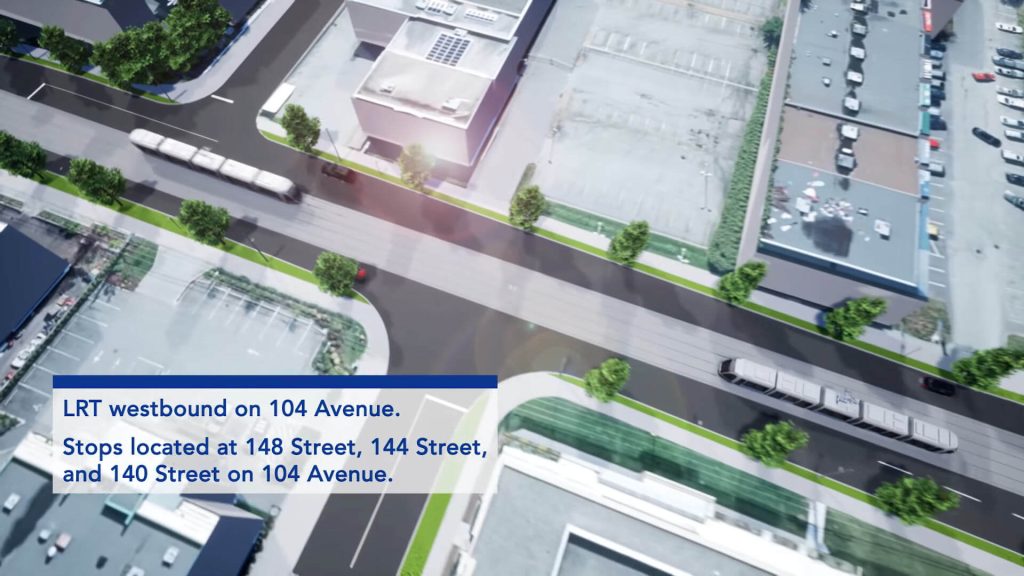Brand new Toronto LRT to be 1 minute slower than previous bus
- Reality Check
-
Daryl DC (SfS Founder)
- November 25, 2025
It’s official: in what can only be described as the biggest mistake in Canadian transit history, the brand new $2.5 billion Finch West LRT that is about to open in Toronto is going to be slower than the bus line that it replaces.
It must be a relief to Torontonians that local authorities are finally ready to open the first of two LRT lines that are famously late and over budget—both holdovers from the 2000s-era “Transit City” plan that sold LRTs on a promise that they would be built in less time and money. While the new trains will carry more people than buses, it was never really clear how fast they would run, which has had some people raising doubts:
Went up to Finch Avenue and I think there’s a pretty good chance that the new light rail is actually slower than the buses
— Reece Martin (@RM_Transit) October 30, 2025
With the TTC announcement on the opening date of Line 6 Finch West (scheduled for December 7, 2025) came a reveal of the line’s initial service pattern during weekday peak hours: a frequency of every 6.5 minutes, run with 15 trains. From these values, we can finally get an idea of the LRT’s approximate end-to-end travel time: a total round-trip time of 97.5 minutes, meaning trip time in each direction of 48.75 minutes.
When this is compared against the schedule of the existing “36C” branch of the 36 Finch West bus, it would appear at first glance that the new LRT does reduce travel times by approximately 10 minutes, during the bus’s busiest hours of the day (PM peak hours). However, using the current travel times for the bus does not tell the whole story, as the bus run times today appear to retain extra time that was added to compensate for road delays during construction. When we compare the published bus run times from before LRT construction began and before the COVID-19 pandemic, the brand new Finch West LRT no longer presents any meaningful travel time savings, despite running in dedicated lanes.
I dug deep into TTC historical data to compare run times for the Finch West bus to Humber College, then known as the “36A” branch, and made adjustments to remove a portion of the route that runs beyond the LRT station site to a residential neighbourhood. The end result is this:
Finch West - expected travel times, LRT vs bus
based on TTC press release (LRT), TTC service summaries (bus)
No Data Found
Footnotes
- LRT numbers are based on 2025 Nov TTC release (6.5 min frequency with 15 trains, resulting in 97.5 min round-trip time)
- All bus times are based on the P.M. peak period runtimes, which are the longest and thus represent the “worst case scenario” scheduling for the bus; note that scheduled run times for the bus are actually shorter at other times of day, including the A.M. peak and middays.
- 36C bus times are from the 2025 Nov service plan (last service plan before opening)
- 36A bus times are from 2019 Nov service plan (this is the last service plan before start of major construction begins, and the last before the COVID-19 pandemic)
- All bus times include both “run time” and the “terminal time”, which is the total time spent at terminals before starting the next trip. The LRT estimate does not distinguish between “run time” or “terminal time”, and it is currently unclear how the TTC will approach this scheduling aspect with LRT operations; however, it should be noted that some TTC subway lines are run with minimal “terminal time”, in some cases set to 0 minutes.
- Both the current 36C and previous 36A buses continue past the Humber College LRT station to terminate at the Humberwood bus loop; for this comparison, we exclude the running time of the route portion running west from the Humber College Blvd/Highway 27 bus stop (the stop adjacent to the LRT station site).
- The run time of the excluded 36C/36A route portion is scheduled at approximately 9 minutes during the A.M. peak period and 12 minutes during the P.M. peak period, per each direction; we subtract this time from the provided run times in the TTC service reports to reach our bus vs LRT comparison.
All of this means that after $2.5 billion spent to date, including provincial and federal funds far beyond the initial budget estimate of $1.2 billion, the Finch West LRT will take approximately 1 minute longer to complete a trip, compared to the bus service that it was meant to replace.
Furthermore, the LRT makes 8 fewer stops than the existing 36C bus service, which is now “temporary” and set to be eliminated when Line 6 opens. With the lack of any local bus services paralleling the line, riders who used these stops will now face a double whammy: they will have to walk further to access a train stop, only to end up riding on a train that is slower than the bus.
This completely defeats the point of investing billions of dollars in rail rapid transit: projects like these are supposed to save people time and make transit more attractive in order to take cars off the road. The Finch West LRT, however, actually increases transit travel times.
Promised 38 minute travel times fail to materialize
Metrolinx (the regional agency responsible for building, but not operating the line) previously promised travel times of 38 minutes for the Finch West LRT, as noted in their FAQ document for the line. For whatever reason, they’ve missed the mark by over 10 minutes.
After asking questions, various contacts in Toronto have told me that there are three things that are slowing down the Finch West LRT.
The first is that the sharp curve on the underground approach to the Humber College terminus, followed immediately by track switches, forces the trains there to run very slowly. However, this is not an unexpected issue, as this is part of the line geometry and layout that was planned for! Furthermore, the grade separation in this segment reduced the number of at-grade arterial road crossings from 10 to 9, which should theoretically save time and make the LRT rides more predictable. So in my view, this doesn’t count.
The second is that the line will purportedly be subject to the TTC’s operating practice for existing streetcar lines, which is to slow trains to 25 km/h over major intersections (at least 9 of them!). However, I cannot find any verifiable proof of this. It seems to be just hearsay.
The third, and most believable issue, is that the traffic signal priority system has failed to deliver the level of priority needed for the LRT to meet its expected trip times. I’ve heard extensively about how the signal priority for Toronto’s LRTs—both this line and the Line 5 Eglinton Crosstown—are designed to extend green lights if trains are behind schedule, but do not provide absolute priority to run trains as fast as possible.
Trains with hundreds of riders shouldn't get stuck waiting at red lights for a few left-turning drivers. Transit Signal Priority is just common sense!
— TTCriders (@ttcriders) August 16, 2025
When the $2 billion-dollar Finch West LRT opens, transit riders should get priority over a few single-occupancy cars 1/2 pic.twitter.com/7wAy2QUZvR
It is entirely possible that this changes in the future, and runtimes improve as a result; however, this could also be an indicator that the concept of trains speeding through automatic green lights given at all intersections has been a major over-promise.
Seattle, for example, has also found traffic signal priority on its street-running sections to be much less effective than initially expected. The end result is that actual end-to-end trip times on its light rail system are higher than they had been planned for—and this will affect future service on expansion lines, making the trains run less frequently and with less capacity than promised.
Matt Sheldon, Service Planner at Sound Transit — Seattle, WA
The Urbanist — Sound Transit Can’t Deliver Planned ST3 Service Levels Without Major Changes
Similarities to the cancelled Surrey-Newton-Guildford LRT
We’ve long noticed that the Finch West LRT is one of the slowest urban rail lines being planned in any Canadian city. When we pointed out that the Surrey-Newton-Guildford LRT (now cancelled) was to have been one of the slowest urban rail lines buiilt in Canada, we noted that only two other proposals were slower: both in Toronto, and one of which was the Finch West LRT.
(And this was with the expected end-to-end travel time of 38 minutes!)
The biggest similarity is that Finch West is approximately the same length as the Surrey-Newton-Guildford LRT: 11 kilometres long. However, the Finch West LRT has also been built with a higher density of stops (18 stops, versus 11 on the cancelled SNG LRT), making it closer to a streetcar than an LRT, with an average of 1 stop every 600 metres.

The Finch West and SNG LRT lines also both shared the aspect of being predominantly located at-grade in street medians, and linking up its riders with a higher order rapid transit line (the Line 1 Subway and the Expo Line SkyTrain, respectively).
Recall that the expected travel time on the SNG LRT was to have been 27 minutes, and a minimal improvement over the existing R1 RapidBus line. Given the issues with the Finch West LRT, we now wonder if this was ever a realistic travel time estimate.
Reality Check
Reality Check is the online blog run by the founder of SkyTrain for Surrey, a BC-based community organization that has advocated for the expansion of the Vancouer SkyTrain system, including our successful advocacy for the under-construction Surrey-Langley SkyTrain extension. I am on a relentless mission to unravel decades of misinformation and distractions, and get us back on track to building a SkyTrain system that spans the entire region.
Media Contact: Daryl Dela Cruz – Founder, SkyTrain for Surrey ・ Phone: +1 604 329 3529, [email protected]
